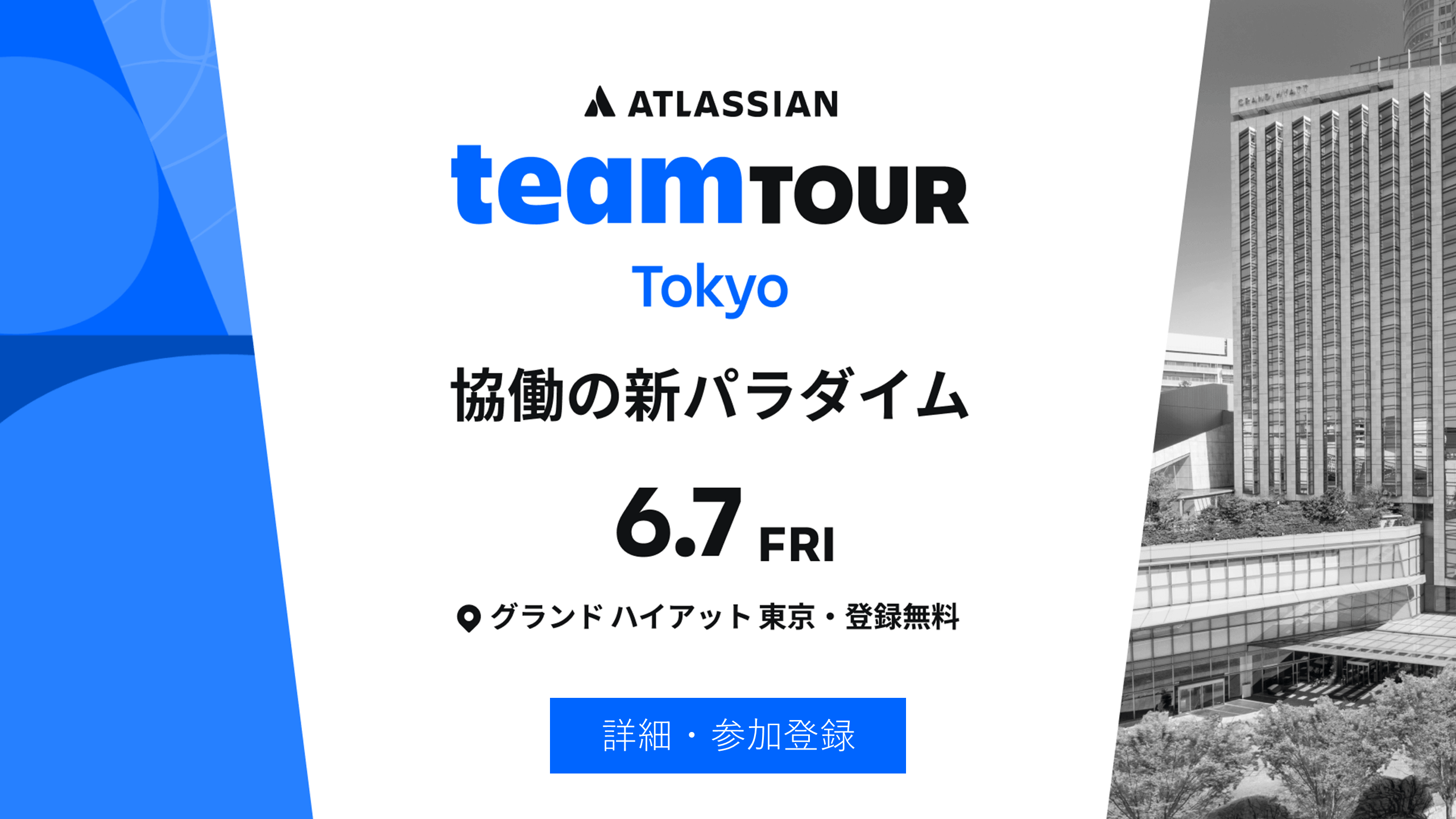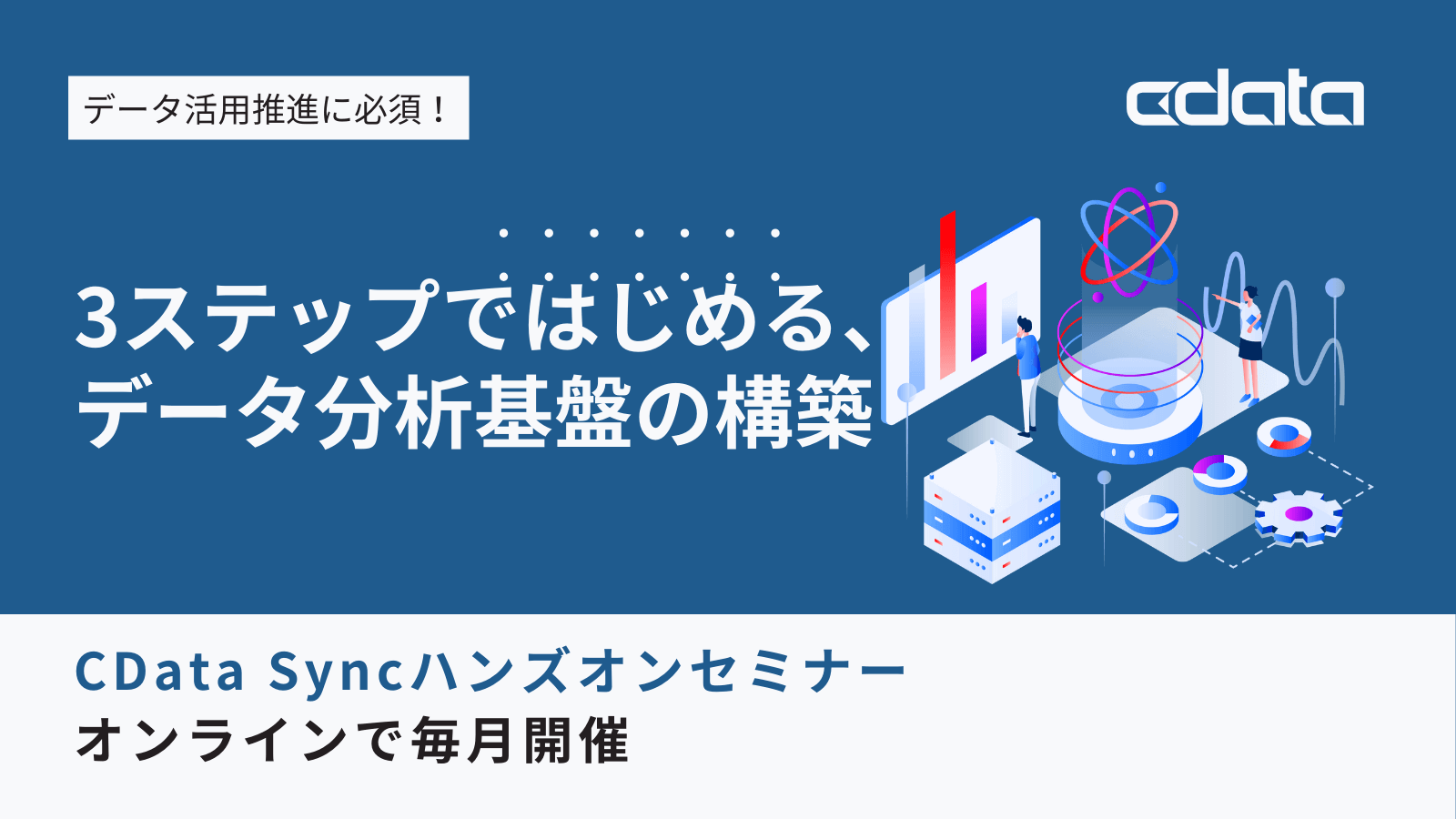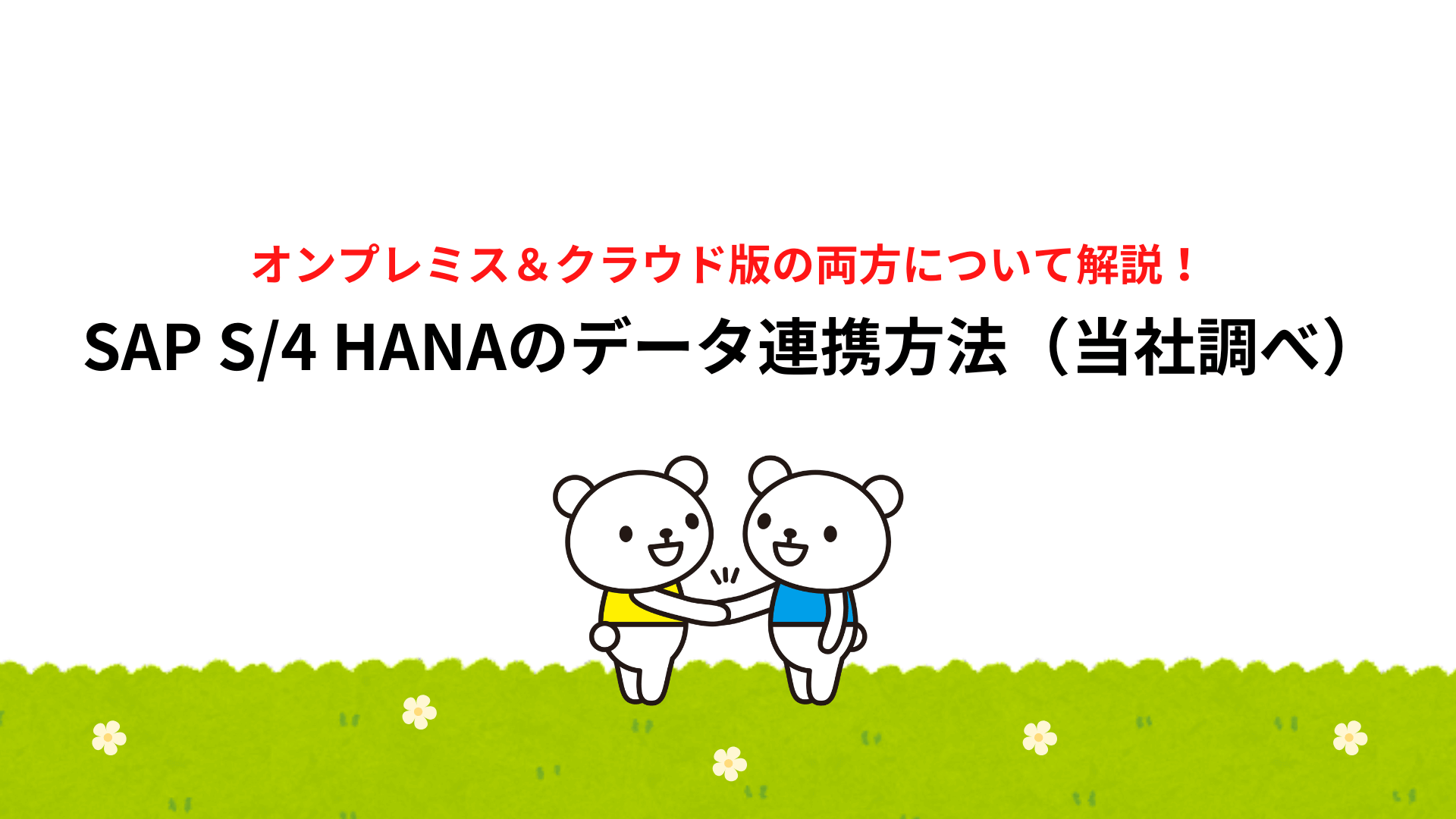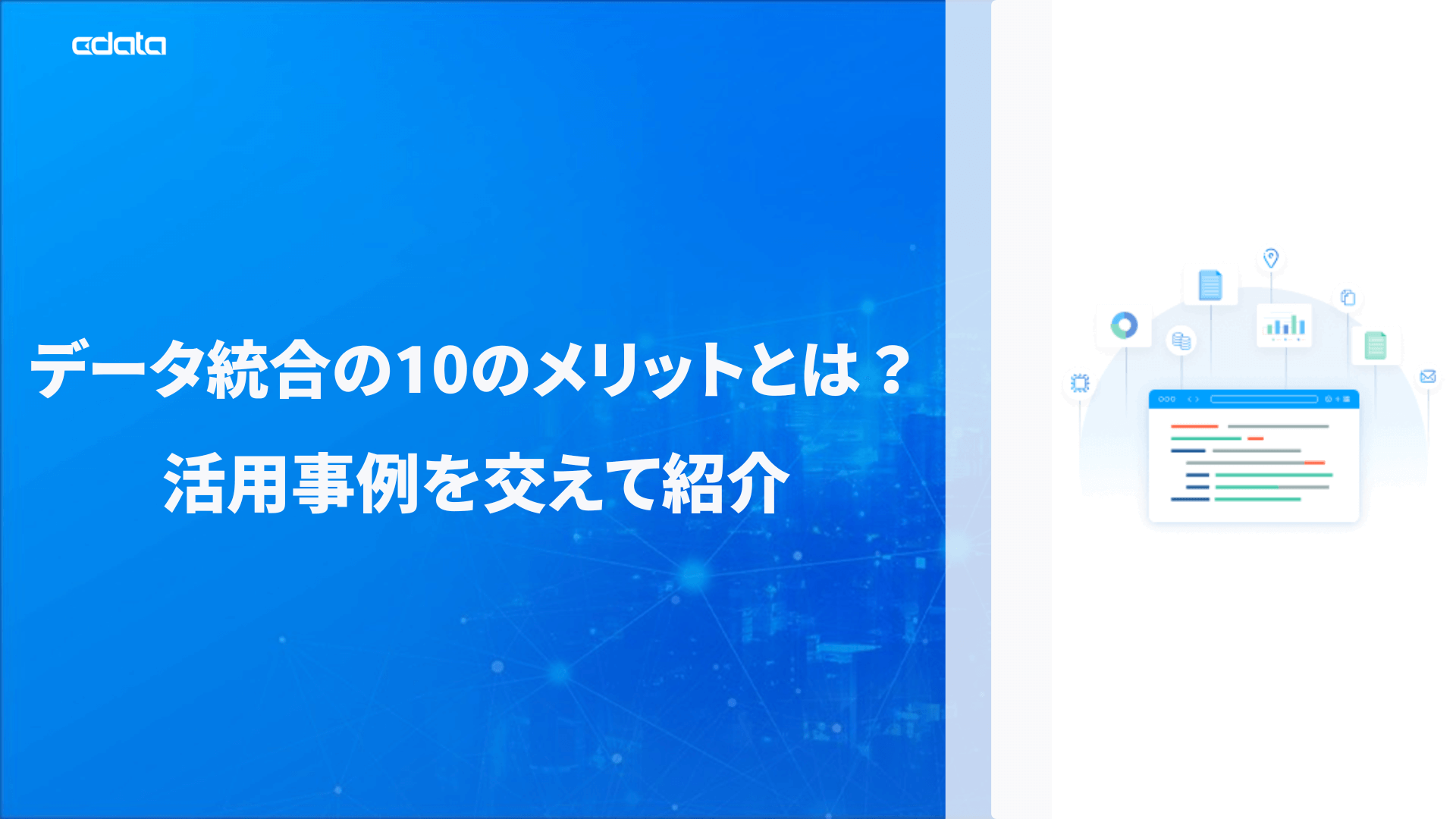ノーコードでクラウド上のデータとの連携を実現。
詳細はこちら →CData Software Japan - ナレッジベース
Latest Articles
- MySQL のデータをノーコードでREST API として公開する方法:CData API Server
- CData Sync AMI をAmazon Web Services(AWS)で起動
- Connect Cloud Guide: Derived Views, Saved Queries, and Custom Reports
- Connect Cloud Guide: SSO (Single Sign-On) and User-Defined Credentials
- Connect Cloud クイックスタート
- Shopify APIのバージョンアップに伴う弊社製品の対応について
Latest KB Entries
- DBAmp: Serial Number Expiration Date Shows 1999 or Expired
- CData Drivers のライセンスについて
- Spring4Shell に関する概要
- Update Required: HubSpot Connectivity
- CData Sync で差分更新を設定
- Apache Log4j2 Overview
ODBC Drivers
- [ article ] MicroStrategy Web でPhoenix ODBC Driver を使用
- [ article ] Odoo ODBC データソースとの間にInformatica マッピングを作成
- [ article ] Informatica PowerCenter でSAS xpt データを抽出、変換、ロードする
- [ article ] Visio のシェイプとJira Service Desk データを連携
JDBC Drivers
- [ article ] RunMyProcess のDSEC 経由からMYOB AccountRight ...
- [ article ] RPA ツールBizRobo! でOData に連携したフローを作成する
- [ article ] DbVisualizer で Elasticsearch データに連携しクエリを作成
- [ article ] JBoss のコネクションプールからReckon データに連携
SSIS Components
- [ article ] Google Cloud Storage をSSIS 経由でSQL サーバーにバックアップする
- [ article ] Greenplum データからSQL Server ...
- [ article ] LDAP をSSIS 経由でSQL サーバーにバックアップする
- [ article ] Confluence データからSQL Server ...
ADO.NET Providers
- [ article ] CouchDB データをDevExpress Data Grid にデータバインドする。
- [ article ] SSRS レポートサーバーにADO.NET Provider を配置してSAP Fieldglass ...
- [ article ] Python のDash ライブラリを使って、Adobe Commerce データ ...
- [ article ] Infragistics XamDataGrid を使用してGreenplum ...
Excel Add-Ins
- [ article ] Microsoft Power BI Designer でCData Software ODBC ...
- [ article ] StiLL からCData Software ODBC Driver を使ってSAP HANA XS ...
- [ article ] StiLL からCData Software ODBC Driver を使ってHDFS ...
- [ article ] StiLL からCData Software ODBC Driver を使ってAdobe ...
API Server
- [ article ] OData データをA5:SQL Mk-2 でCRUD クエリする方法
- [ article ] OData データをR で分析
- [ article ] ローコード開発・運用プラットフォームMendix でOData に連携したアプリを作成する
- [ article ] Jaspersoft Studio からOData データに接続する方法
Data Sync
- [ article ] PostgreSQL へのGoogle Spanner データのETL/ELT ...
- [ article ] PostgreSQL へのGaroon データのETL/ELT ...
- [ article ] MongoDB へのOracle データのETL/ELT パイプラインを作ってデータを統合する方法
- [ article ] Basecamp データからSQL Server ...
Windows PowerShell
- [ article ] PowerShell を使ってPayPal データをSQL Server にレプリケーション
- [ article ] Acumatica データをPowerShell script でSQL Server ...
- [ article ] PowerShell からAzure Active Directory ...
- [ article ] PowerShell からMicrosoft Teams ...
FireDAC Components
- [ article ] Delphi のAuthorize.Net データへのデータバインドコントロール
- [ article ] Delphi のSquare データへのデータバインドコントロール
- [ article ] Delphi のShipStation データへのデータバインドコントロール
- [ article ] Delphi のOData データへのデータバインドコントロール






